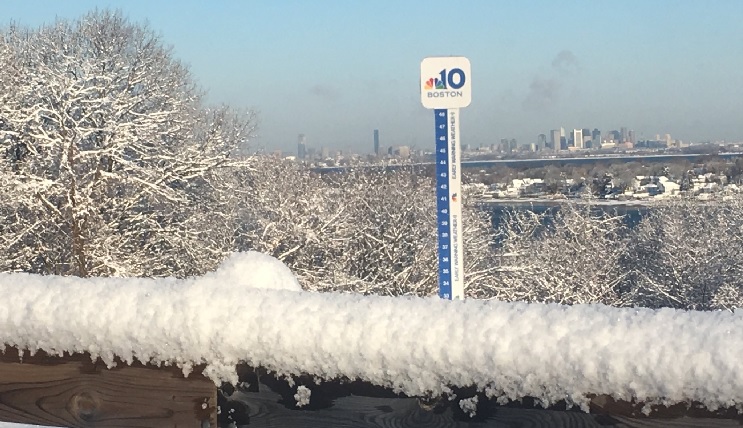"Weather is unpredictable."
"If you don't like the weather in New England, wait five minutes."
"If you lived here long enough, you know not to trust the forecast."
Sure, there are some partial truths in there, but generally, the weather forecast is both trustworthy and based in solid science.
Get New England news, weather forecasts and entertainment stories to your inbox. Sign up for NECN newsletters.
In this age, that could be construed as blasphemous — or even "fake news" — but like many science-based professions, meteorology is under fire and often relegated to a punch line. Like all scientists, we take pride in our work, our livelihood, and our forecasts. And like all scientific disciplines, we strive to decipher what went wrong when things go awry. It's literally forensic meteorology on the steps that lead up to the forecast, where it went off track, and what we could do better in the future.
This storm, like a couple of others last year, is befuddling in its abrupt turn away just as we finalized the snow amounts. Confidence of 6 inches of snow was 73% in Boston and 87% in Worcester (see below).


With those kinds of percentages, no one would turn down the dial on snowfall maps, impacts, or preparations. The bigger question is what led to the overconfidence in the models, and how (or if) we can compensate.
Esteemed colleagues at MIT would argue that even in a warming world, models can handle the diverse range of outcomes in a forecast. On the other side of the country, at Stanford, atmospheric researchers have surmised that for Earth's middle latitudes, where most Americans live, the errors propagate through weather models faster as temperatures rise, and there don't appear to be any temperature thresholds where the trend shifts.
The implications of this are huge, of course, for winter weather. High-intensity rain events can also be affected, because as the temperature rises, warmer air can hold more water vapor (and produce more rain).
Whatever the explanation, we know in our current case, dueling jet streams were vying to dominate the storm's track. Models tried to phase — or combine — the jet streams, with utter failure. Instead, the storm was steered by the northern branch of the jet stream, preventing it from moving deeper into New England, and sparing much of the commonwealth over 6 inches of snow.
While the debate continues regarding the causes for model error, we'll keep plowing (pun intended) ahead with the forecast.




